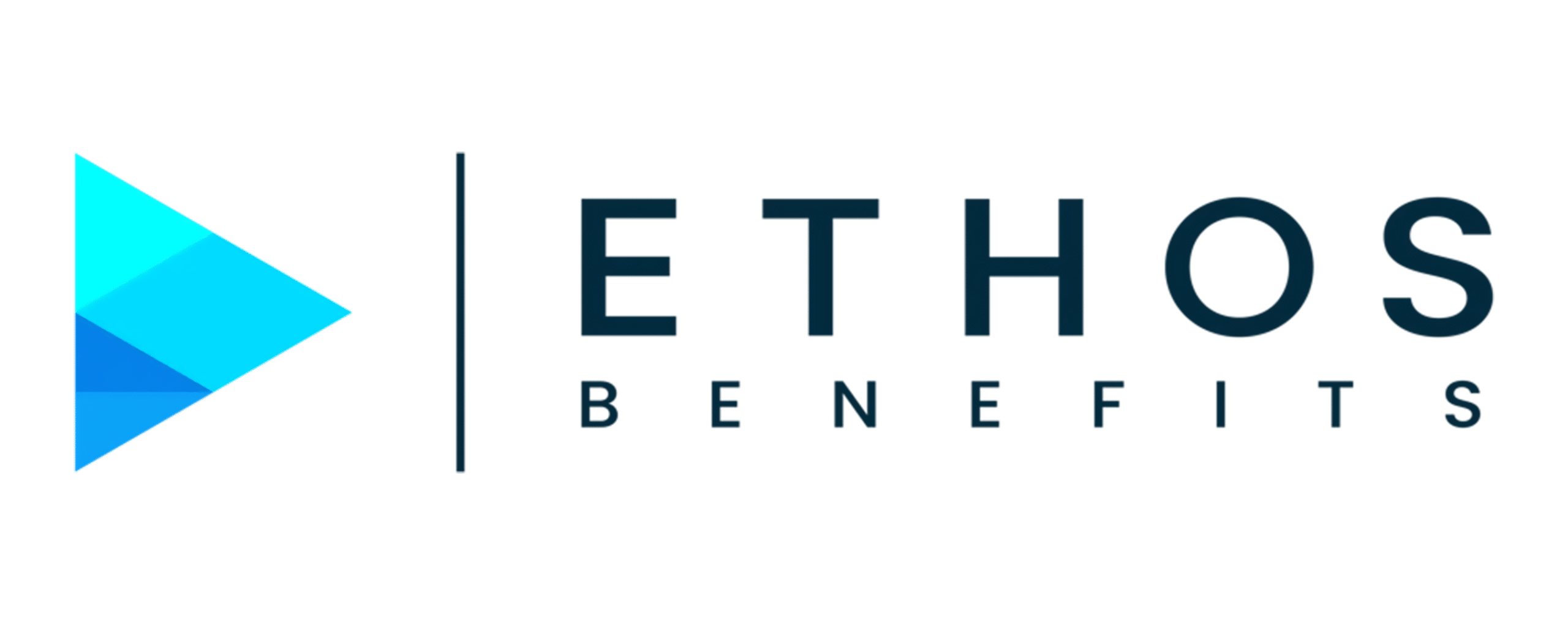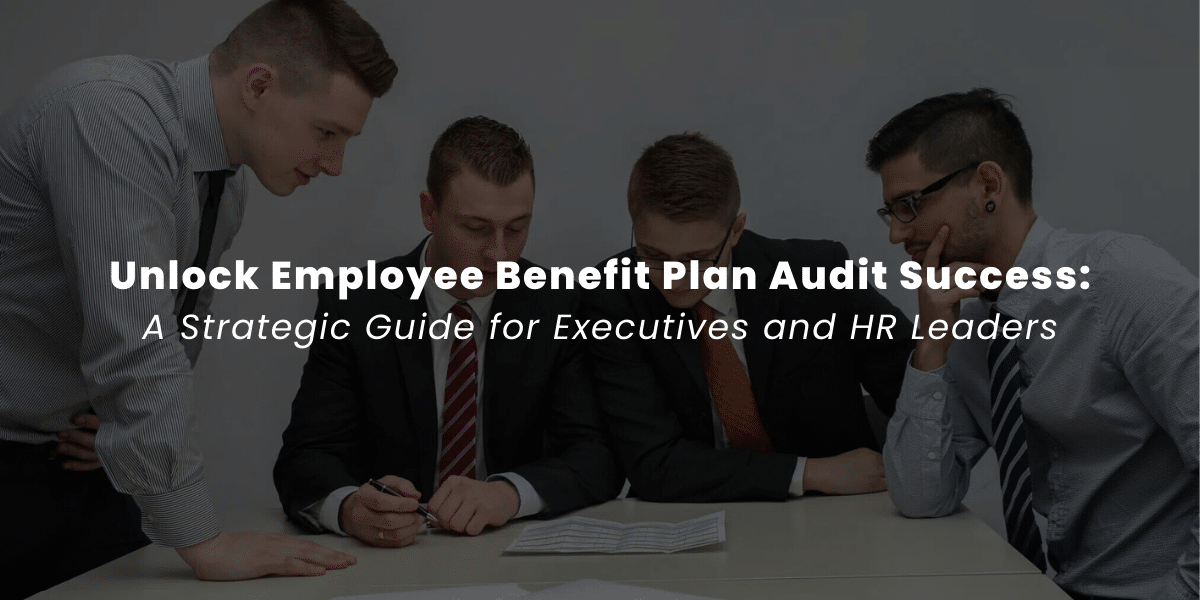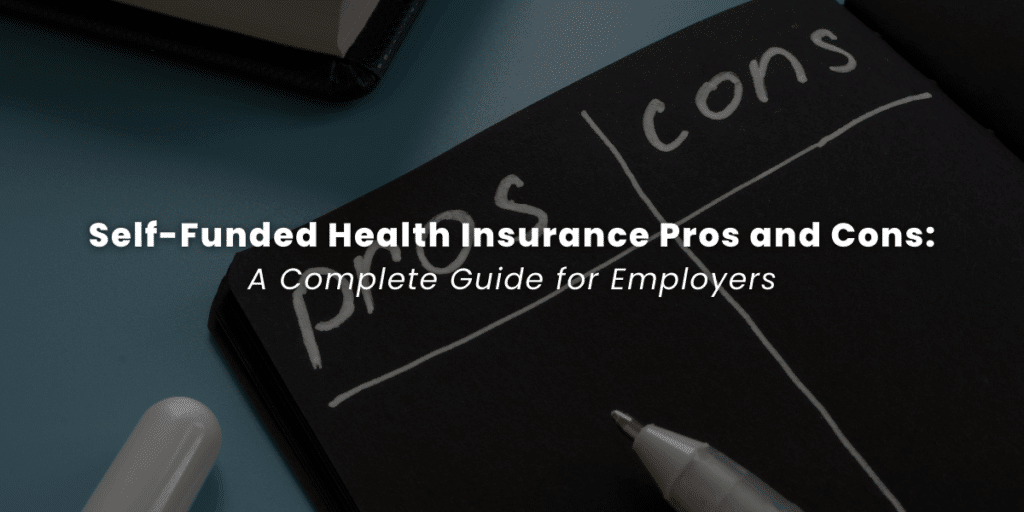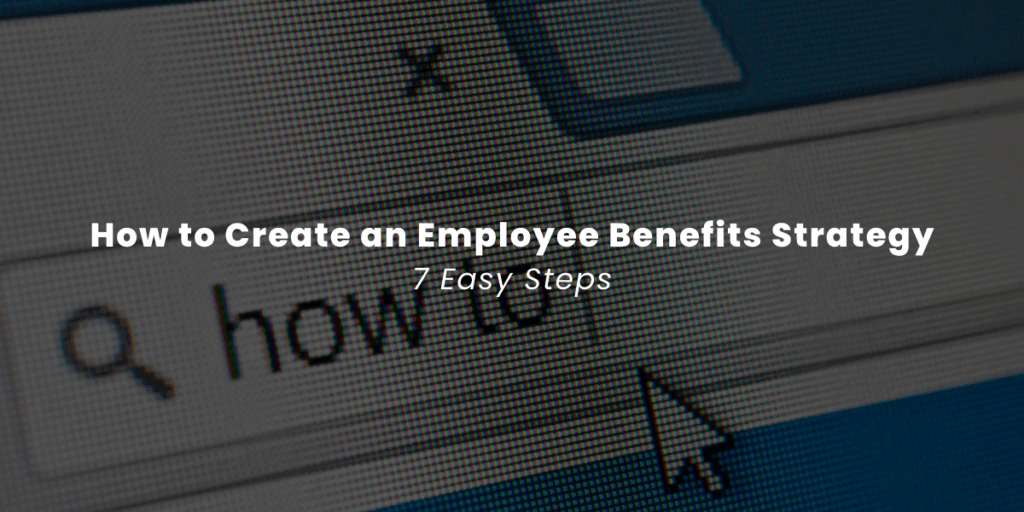Employee Benefit Plan Audit Checklist
Navigating the complexities of employee benefit plan (EBP) audits can be daunting. This checklist provides a quick overview of key considerations to ensure your organization is prepared and compliant. An Employee Benefit Plan Audit is crucial for maintaining transparency and adherence to regulatory standards.

This checklist covers:
- Determining audit necessity (e.g., based on participant numbers).
- Understanding ERISA & DOL requirements.
- Selecting a qualified independent auditor.
- Gathering essential documentation (plan documents, financial records, census data).
- Reviewing internal controls and operational processes.
- Understanding the audit timeline and procedural flow.
- Promptly addressing audit findings and recommendations.
Ensuring these aspects are covered contributes significantly to a smooth audit process and the overall financial health of your employee benefit plans. The benefits of audit planning cannot be overstated, as it helps in identifying potential issues early on.
Introduction
In today’s complex regulatory environment, understanding the nuances of Employee Benefit Plan (EBP) audits is paramount for businesses of all sizes that offer employee benefits. An Employee Benefit Plan Audit is a systematic review of an employer’s employee benefit plan to ensure it complies with legal requirements and that its financial statements are fairly presented.
This article aims to demystify the EBP audit process. We will delve into what an EBP audit is, why it’s often required, the types of plans that necessitate an audit, and the regulatory landscape governing these procedures. Furthermore, we will explore the typical audit process, highlight key areas of focus, discuss common challenges, and offer best practices for a seamless audit experience. Whether you are an employer, a plan administrator, or an employee, this guide will provide valuable insights into the world of employee benefit plan audits. Ensuring compliance and financial transparency through a thorough EBP audit can safeguard the interests of both the organization and its employees.
What is an Employee Benefit Plan Audit?
An Employee Benefit Plan (EBP) encompasses a range of programs that employers offer to their employees, such as retirement plans (like 401(k)s), health insurance, life insurance, and other welfare benefit programs. An Employee Benefit Plan Audit is an independent examination of the financial statements and operations of these plans.
The primary purpose of an EBP audit is to ensure that the plan is being administered in accordance with the plan documents and applicable laws and regulations, most notably the Employee Retirement Income Security Act of 1974 (ERISA). Auditors assess whether the plan’s financial statements are presented fairly in all material respects and whether the plan has complied with ERISA provisions.
Key objectives of an EBP audit include:
- Verification of Financial Information: Ensuring the accuracy and completeness of the plan’s financial records and statements.
- Compliance Assessment: Determining if the plan adheres to the terms of the plan document and relevant governmental regulations (e.g., ERISA, Department of Labor – DOL, Internal Revenue Service – IRS).
- Internal Control Evaluation: Assessing the effectiveness of the plan’s internal controls over financial reporting and operational processes.
- Protection of Participant Interests: Safeguarding the assets of the plan and ensuring that benefits are being appropriately managed and distributed to eligible participants.
A thorough EBP audit provides assurance to employers, plan participants, and regulatory bodies that the benefit plan is operating effectively and in compliance with all requirements.
Why Are Employee Benefit Plan Audits Required?
Employee Benefit Plan audits are not just a matter of good practice; in many cases, they are a legal necessity. The requirement for an Employee Benefit Plan Audit is primarily dictated by federal law, specifically the Employee Retirement Income Security Act of 1974 (ERISA).
ERISA sets minimum standards for most voluntarily established retirement and health plans in private industry to provide protection for individuals in these plans. Generally, ERISA requires employee benefit plans with 100 or more eligible participants (at the beginning of the plan year) to be audited annually by an independent qualified public accountant (IQPA). The audit report is then filed with the plan’s annual report (Form 5500) submitted to the Department of Labor (DOL).
The reasons behind this requirement are multi-faceted:
- Regulatory Compliance: To ensure that plans operate according to the information provided to participants and beneficiaries and that they meet the standards set by ERISA and other applicable regulations.
- Financial Integrity: To verify the accuracy of financial information reported by the plan and to detect and prevent errors or fraud. This helps maintain the financial health of the benefit plan.
- Participant Protection: To safeguard the assets of the plan for the benefit of participants and their beneficiaries. Audits help ensure that funds are managed responsibly and that benefits are paid correctly.
- Transparency and Accountability: To provide transparency to plan participants and regulatory agencies regarding the plan’s financial status and operations.
Failure to comply with audit requirements can lead to significant penalties from the DOL and IRS, as well as potential legal liabilities. Therefore, understanding and adhering to EBP audit requirements is crucial for plan sponsors.

Types of Employee Benefit Plans That Require an Audit
Various employee benefit plans may necessitate an audit, particularly those meeting specific criteria regarding the number of participants. These typically include:
- Defined Contribution Plans: Such as 401(k), 403(b), profit-sharing, and money purchase pension plans. If these plans have 100 or more eligible participants at the start of the plan year, an audit is generally required.
- Defined Benefit Plans: Traditional pension plans that promise a specific monthly income at retirement. These also typically require an audit if they meet the participant threshold.
- Health and Welfare Plans: While less common, certain large health and welfare plans may also be subject to audit requirements under ERISA.
It’s important for plan sponsors to determine if their specific plan(s) fall under the audit requirements by consulting with legal and financial professionals specializing in employee benefits. The EBP audit ensures these diverse plans are managed correctly.
The Employee Benefit Plan Audit Process
The EBP audit process is a structured endeavor designed to ensure thoroughness and accuracy. It typically unfolds in several key stages:

- Initial Engagement & Planning: This is where the plan sponsor engages an independent auditor. The scope of the audit, expectations, and timelines are discussed and agreed upon. Clear communication from the outset is vital for a smooth process.
- Information Gathering (Pre-Audit): The auditor requests and reviews essential documents. This includes plan documents, financial statements, participant data, internal control documentation, and any other relevant information. This phase helps the auditor understand the plan’s structure and operations.
- Fieldwork & Testing: This is the core of the audit. The auditor conducts tests on-site or remotely. This involves examining transactions, account balances, and compliance with regulations like ERISA and DOL standards. This may include sampling participant accounts, reviewing contribution and distribution processes, and assessing investment valuations.
- Analysis & Identification of Findings: After gathering data, the auditor analyzes the information to identify any discrepancies, areas of non-compliance, or potential risks. This involves comparing the plan’s operations against its stated documents and regulatory requirements.
- Draft Audit Report & Discussion: The auditor prepares a preliminary report outlining their findings. This draft is then discussed with the plan sponsor or management, providing an opportunity to clarify points and discuss any identified issues.
- Final Audit Report & Management Letter: Following discussions and any necessary adjustments, the auditor issues the final audit report. This report includes an opinion on the fairness of the financial statements and a management letter. The management letter details any significant findings, internal control deficiencies, and recommendations for improvement.
- Filing & Follow-up: The plan sponsor uses the audit report to complete and file Form 5500 with the DOL. It’s also crucial for the plan sponsor to address any recommendations from the audit to ensure ongoing compliance and improve plan operations.
Understanding this process can help organizations prepare effectively for their Employee Benefit Plan Audit.
Key Areas of Focus in an EBP Audit
During an Employee Benefit Plan Audit, auditors scrutinize several critical areas to ensure compliance and accuracy. These areas are pivotal for a successful EBP audit and include:
- Participant Data: Auditors verify the accuracy of participant data, including eligibility, enrollment dates, and demographic information. This ensures that contributions and benefits are correctly attributed.
- Contributions: This involves reviewing whether employer and employee contributions are made in accordance with the plan document and ERISA requirements. Timeliness and accuracy of contributions are key.
- Benefit Payments and Distributions: Auditors examine whether benefit payments and distributions to participants are accurate, timely, and in compliance with plan provisions and regulatory requirements.
- Plan Investments: The valuation and safeguarding of plan investments are reviewed. This includes assessing the reasonableness of investment valuations and ensuring compliance with investment policies.
- Compliance with Plan Documents and Regulations: Auditors check if the plan operations align with the terms outlined in the plan document and adhere to all applicable ERISA and DOL regulations.
- Internal Controls: The effectiveness of internal controls over financial reporting and plan operations is assessed. Strong internal controls are essential for preventing errors and fraud.
- Prohibited Transactions: Auditors look for any transactions that are prohibited under ERISA, which could result in penalties or disqualification of the plan.
- Reporting and Disclosures: The accuracy and completeness of information reported on Form 5500 and provided to plan participants are reviewed.
Addressing these areas proactively can contribute to a smoother audit process.
Common Challenges and Pitfalls in EBP Audits
Organizations undergoing an Employee Benefit Plan Audit may encounter several common challenges and pitfalls. Being aware of these can help in better preparation:
- Incomplete or Inaccurate Records: Maintaining comprehensive and accurate records is fundamental. Missing or erroneous documentation can significantly complicate the audit process and lead to adverse findings.
- Lack of Understanding of ERISA Requirements: ERISA regulations can be complex. A lack of understanding by plan administrators can lead to unintentional non-compliance issues that are flagged during an audit.
- Difficulties in Coordinating with Third-Party Administrators (TPAs): Many organizations use TPAs for their benefit plans. Ensuring smooth communication and data sharing between the organization, the TPA, and the auditor is crucial. Delays or miscommunications can hinder the audit.
- Issues with Data Integrity and Security: Protecting sensitive participant data is paramount. Auditors will assess data security measures. Any breaches or vulnerabilities can pose significant risks.
- Failure to Update Plan Documents: Employee benefit plans and regulations can change. Plan documents must be kept current. Outdated documents can lead to compliance issues during an audit.
- Untimely Remittance of Contributions: Delays in remitting employee contributions to the plan can be a significant compliance issue flagged in an EBP audit.
- Errors in Participant Eligibility and Vesting Calculations: Incorrectly determining participant eligibility or calculating vesting schedules can lead to incorrect benefit payments and compliance problems.
Proactive management and regular internal reviews can help mitigate these common challenges.
Best Practices for a Smooth EBP Audit
To ensure an Employee Benefit Plan Audit proceeds as smoothly as possible and yields positive outcomes, organizations can adopt several best practices:

- Maintain Accurate and Organized Records: This is the cornerstone of a successful audit. Keep all plan documents, financial statements, participant data, contribution records, and distribution information meticulously organized and readily accessible.
- Conduct Regular Internal Reviews: Periodically review plan operations and internal controls to identify and address potential issues before they are flagged by an external auditor. This proactive approach can save time and resources during the formal audit.
- Stay Updated on Regulatory Changes: ERISA and other relevant regulations are subject to change. Ensure that your plan administrators are current with the latest requirements to maintain compliance.
- Communicate Effectively with Auditors: Establish clear lines of communication with your auditors. Provide them with all necessary information in a timely manner and be responsive to their queries.
- Designate a Knowledgeable Point Person: Assign an individual within your organization who is well-versed in the employee benefit plan to be the primary contact for the auditors. This facilitates efficient information exchange.
- Address Prior Audit Findings: If previous audits have identified areas for improvement, ensure that these have been addressed and corrective actions implemented and documented.
- Utilize Checklists and Standard Procedures: Develop and use internal checklists and standard operating procedures for plan administration to ensure consistency and reduce the risk of errors.
- Review Third-Party Administrator (TPA) Performance: If using a TPA, regularly review their performance and ensure they are meeting their contractual obligations and compliance requirements.
By implementing these best practices, organizations can significantly improve the efficiency and effectiveness of their EBP audit process.
Conclusion
Employee Benefit Plan Audits are a critical component of responsible plan stewardship and regulatory compliance. While the process can seem complex, understanding the requirements, key focus areas, and potential challenges can help organizations navigate it successfully. An Employee Benefit Plan Audit not only ensures adherence to legal standards like ERISA but also safeguards the financial integrity of the benefit plans and protects the interests of the plan participants.
By implementing best practices such as maintaining meticulous records, conducting regular internal reviews, staying abreast of regulatory changes, and fostering open communication with auditors, organizations can streamline the audit process. A well-executed EBP audit provides valuable assurance to stakeholders and contributes to the overall health and sustainability of employee benefit programs.
Ultimately, a proactive and informed approach to EBP audits can help organizations avoid penalties, mitigate risks, and demonstrate a commitment to transparency and accountability in managing employee benefits. Seeking professional guidance from qualified auditors is a key step in ensuring a thorough and effective audit process. This comprehensive understanding and preparation are vital for any organization offering employee benefit plans.
Frequently Asked Questions (FAQs)
What Are the Most Common Red Flags in Employee Benefit Plan Audits?
Common red flags that auditors look for during an Employee Benefit Plan audit include:
- Late remittance of employee contributions: When there’s a significant delay between withholding contributions from employee paychecks and depositing them into the plan.
- Inconsistent application of plan provisions: For example, incorrect eligibility determinations or inconsistent vesting calculations.
- Missing or incomplete documentation: Particularly plan documents, amendments, or participant records.
- Improper handling of forfeitures: Not using or allocating forfeitures in accordance with plan provisions.
- Prohibited transactions: Transactions between the plan and parties-in-interest that are not allowed under ERISA.
- Inadequate internal controls: Weak oversight processes that could lead to errors or fraud.
- Inaccurate Form 5500 reporting: Discrepancies between the plan’s financial statements and what’s reported on Form 5500.
Addressing these issues proactively can help avoid complications during an audit.
How Much Does an Employee Benefit Plan Audit Typically Cost?
The cost of an Employee Benefit Plan audit varies based on several factors:
- Plan size and complexity: Larger plans with more participants and complex investment structures typically cost more to audit.
- Quality of plan records: Well-organized, complete records reduce audit time and costs.
- Geographic location: Audit fees vary by region.
- Audit firm experience: Firms specializing in EBP audits may charge differently than general audit firms.
On average, EBP audit fees can range from $8,000 to $20,000 for small to medium-sized plans, while larger or more complex plans may cost $20,000 to $50,000 or more. It’s important to note that selecting an auditor based solely on price may not be the best approach, as quality and expertise are crucial for a successful audit.
What Are the Documentation Requirements for an Employee Benefit Plan Audit?
For an Employee Benefit Plan audit, plan sponsors should prepare the following documentation:
- Plan document and amendments: The current plan document and all amendments.
- Trust agreement: The agreement establishing the plan’s trust.
- Summary Plan Description (SPD): The document explaining the plan to participants.
- Form 5500: Previous years’ filings.
- Financial statements: Including investment statements and transaction records.
- Participant data: Census data, eligibility information, contribution elections, and distribution records.
- Service provider agreements: Contracts with third-party administrators, record keepers, and investment advisors.
- Internal control documentation: Policies and procedures related to plan administration.
- Minutes from plan committee meetings: Documentation of decisions made regarding the plan.
- Compliance testing results: ADP/ACP testing, top-heavy testing, and coverage testing results.
Having these documents organized and readily available can significantly streamline the audit process.
How Often Should an Employee Benefit Plan Be Audited?
Employee Benefit Plans that meet the audit requirement (generally those with 100 or more eligible participants at the beginning of the plan year) must be audited annually. The audit report is filed along with the plan’s Form 5500 with the Department of Labor.
However, there is an exception known as the “80-120 participant rule.” Under this rule, if a plan had between 80 and 120 participants at the beginning of the current plan year, it can file Form 5500 in the same category (large plan or small plan) as it did in the previous year. This means that a plan with between 100 and 120 participants that filed as a small plan in the previous year can continue to do so and avoid the audit requirement.
Even for plans not required to have an annual audit, periodic voluntary audits can be beneficial for identifying and addressing potential compliance issues before they become problematic.
Who Is Responsible for Selecting the Auditor for an Employee Benefit Plan?
The plan administrator or plan sponsor (typically the employer) is responsible for selecting a qualified independent auditor for the Employee Benefit Plan audit. This is a fiduciary responsibility under ERISA, meaning the selection must be made with the sole interest of plan participants and beneficiaries in mind.
When selecting an auditor, plan sponsors should consider:
- Experience with EBP audits: The auditor should have specific experience with employee benefit plan audits, as these differ significantly from other types of audits.
- Qualifications and credentials: The auditor should be a licensed CPA and ideally a member of the AICPA Employee Benefit Plan Audit Quality Center.
- Peer reviews: The auditor’s firm should have undergone peer reviews with favorable results.
- References: Other plan sponsors can provide insights into the auditor’s performance.
- Resources: The firm should have adequate resources to complete the audit in a timely manner.
The Department of Labor has emphasized the importance of selecting a qualified auditor, as deficient audits can result in penalties and increased scrutiny.
References
- U.S. Department of Labor. (2024). Advisory Council Report on Employee Benefit Plan Auditing and Financial Reporting Models. Retrieved from https://www.dol.gov/agencies/ebsa/about-ebsa/about-us/erisa-advisory-council/2010-employee-benefit-plan-auditing-and-financial-reporting-models
- American Institute of Certified Public Accountants (AICPA ). (2024). Employee Benefit Plans: Audit and Accounting Guide. Retrieved from https://www.aicpa-cima.com/cpe-learning/publication/employee-benefit-plans-audit-and-accounting-guide-20
- Current Issues in Auditing. (2018 ). Employee Benefit Plan Audits: The Current State and Future Direction. Retrieved from https://publications.aaahq.org/cia/article/12/1/A1/6997/Employee-Benefit-Plan-Audits-The-Current-State-and
- U.S. Department of Labor. (2024 ). Enforcement Manual – Employee Benefits Security Administration. Retrieved from https://www.dol.gov/agencies/ebsa/about-ebsa/our-activities/enforcement/oe-manual-full
- Doeren Mayhew. (2024 ). Employee Benefit Plan Audits: What You Need to Know. Retrieved from https://www.doeren.com/viewpoint/employee-benefit-plan-audits-what-you-need-to-know-and-when-you-need-one
- AICPA Employee Benefit Plan Audit Quality Center. (2025 ). ERISA employee benefit plan financial statement audit special considerations. Retrieved from https://assets.ctfassets.net/rb9cdnjh59cm/6RAmcRwkqOXbdlIoiKYteX/be947edb9f51495c5934bc78eaf6396d/EBPAQC_2025_Special_Audit_Considerations.pdf
- Windes. (2024 ). ERISA Audits: Know the Basics and Avoid DOL Deficiencies. Retrieved from https://windes.com/erisa-audits-dol-deficiencies/






